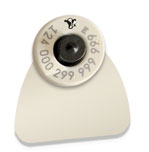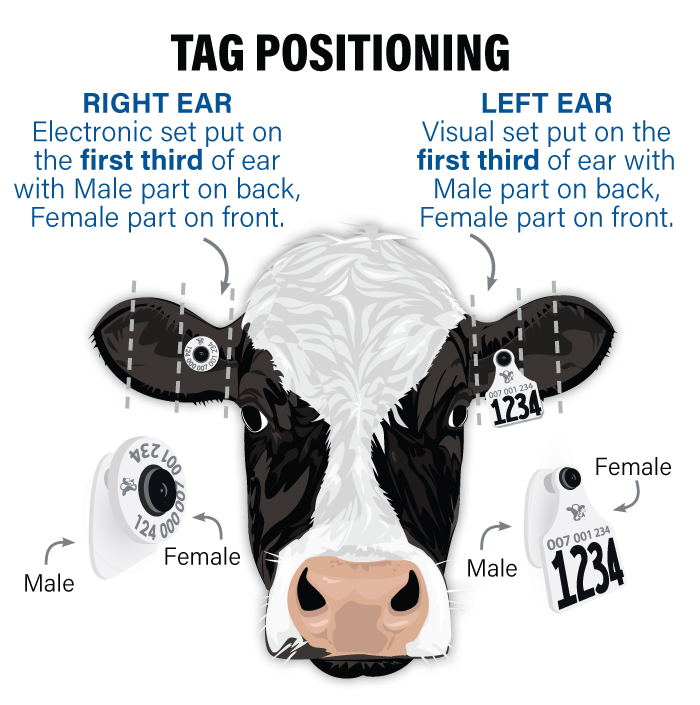Tagging and Animal ID
The backbone of traceability
All calves born on dairy farms across Canada are identified with a unique 15-digit ear tag that begins with the numbers “124”. This number stays with the animal for its entire life, meets international ISO standards, and is recognized by the Canadian Food Inspection Agency (CFIA).
Learn how calves should be properly tagged








